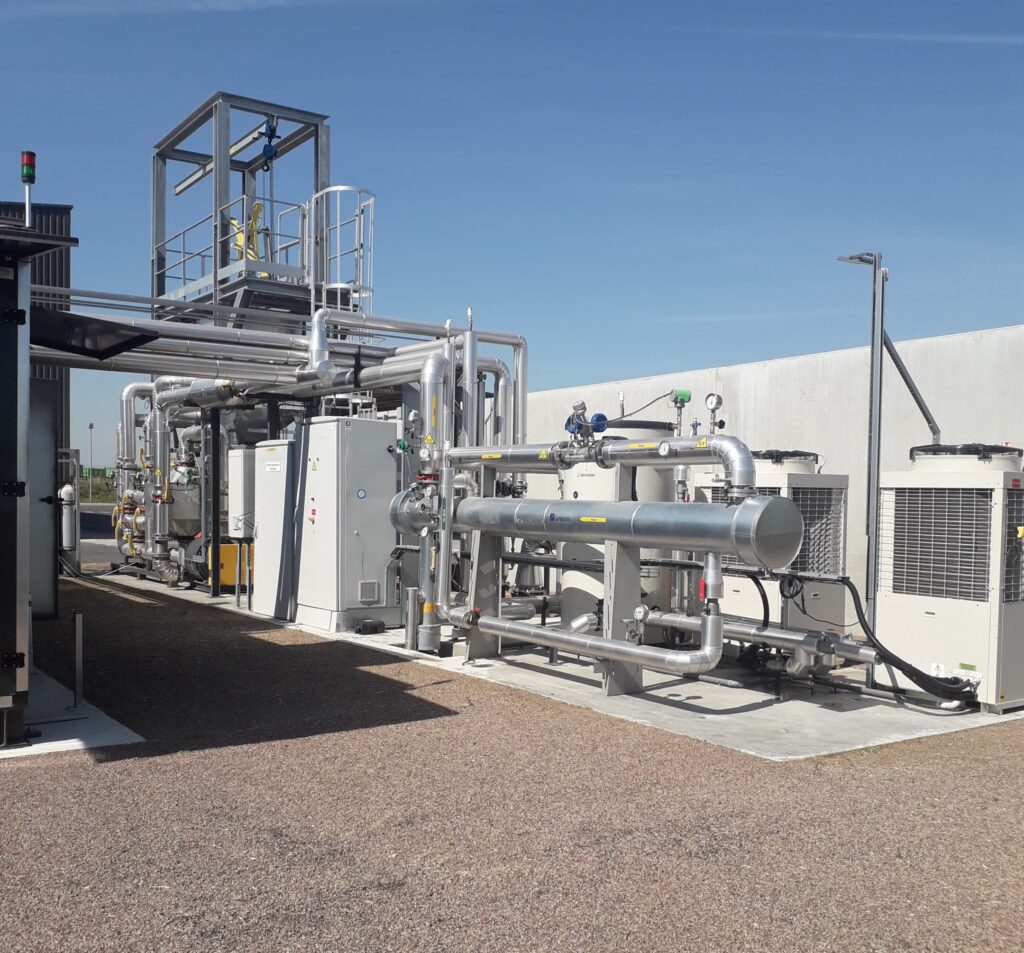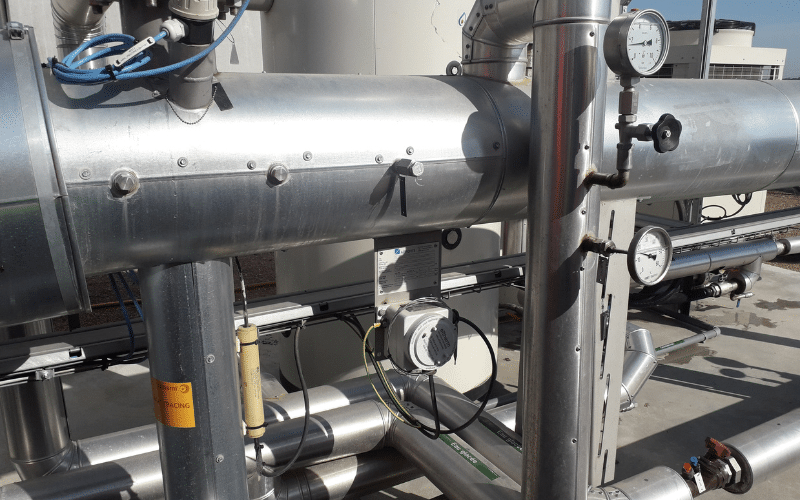In the context of biogas upgrading, creating a truly sustainable and green project involves a series of thoughtful design considerations. Mr. Abhijit Rajguru, DGM – Business Development & Marketing [India & Bangladesh], highlights an often overlooked but critical aspect of such projects: the choice of refrigerant used in the water and brine chilling systems that are essential for the dehumidification and gas cooling process. Rajguru emphasizes that the refrigerants selected must not have high Global Warming Potential (GWP) levels, as biomethane [or Renewable Natural Gas – RNG] is intended to be a green, low-carbon energy source.
Biogas upgrading plants powered by solar, wind energy, or even reciprocating gas engines [using raw biogas for electricity generation] are considered sustainable when their entire operation from power generation to gas purification is environmentally friendly. The refrigerant choice, therefore, becomes vital in maintaining this low-carbon footprint.
As Rajguru points out, these eco-friendly refrigerants are crucial for aligning the project’s operational impact with the renewable energy goals of biomethane production. By carefully selecting refrigerants with lower GWP levels, designers can ensure that the project doesn’t inadvertently contribute to global warming, helping to establish the plant as a truly sustainable and green initiative.
In essence, every element from renewable energy sources to the choice of refrigerant plays a vital role in making biogas upgrading projects an environmentally responsible solution for the future.






